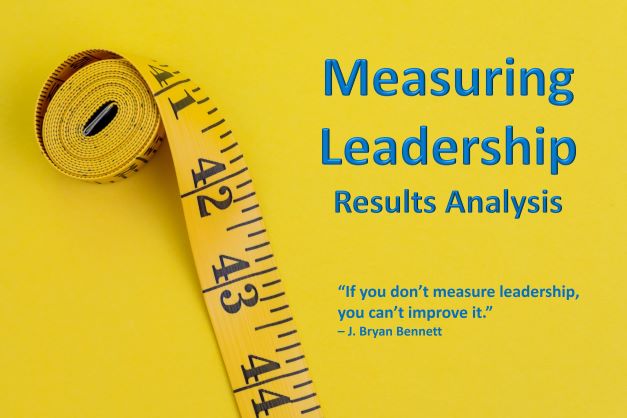Over the last few weeks, I’ve been discussing the importance of measuring outcomes from leadership development programs. Most organizations don’t do it for one reason or another. Without any way of measurement, the individual and/or organization can’t empirically know what needs to be improved.
The ‘why’ and ‘how’ of measuring leadership outcomes have been discussed in previous posts. In this post, let’s examine some analysis from the data we’ve collected to date. This data is from people who have taken the assessment over the last 4 years during one of our onsite or online leadership training programs through January 31, 2022. Please note that none of the leaders in my books are in this data.
{Read my previous posts to understand the dimensions used in the analysis as well as how the green boxes (with vertical lines) and red boxes (with horizontal lines) relate to the population average (all participants).}
In our Leadership Impact Assessment data, organization level is self-reported. The distribution in our current data is as follows:
- C-Level 13%
- Vice Presidents 11%
- Directors 20%
- Supervisors 11%
- Managers 45%
This distribution appears reasonable for most organizations’ employee structure. This post will compare all the C-Level executives to the total population average.

In this analysis, we find the C-Level executives below the population average on all dimensions except for Visioning and Coaching (slightly) and only slightly below for Reflecting. Visioning is having a leadership vision that they can articulate at a moment’s notice. From my experience meeting with these executives, most of them have a clearly articulated vision, although at this level, they should all have a vision.
Many are receiving some sort of coaching, but clearly not enough. This probably stems from the fact that as a person rises in an organization, there are fewer people with enough experience to coach and mentor them. That’s why young people are advised to find coaches and mentors early in their careers because that pipeline of valuable advice gets smaller and smaller as they grow in their career.
The other dimensions below the population average are concerning. This could be because at this level, they no longer think about their potential and practice of leadership but behave more on autopilot to some degree. Unfortunately, this doesn’t work as leaders at all levels should continue to focus on their leadership every day.
In addition to individual comparisons to the population average or organization levels, this tool can be used to also compare:
- individual or group results to an organization’s internal averages when used as a group measurement tool.
- individual or group results to organization levels using internal or external peer results.
- individual or group results to industry results.
What do you believe could be the reason for the C-Level results shown? Add your thoughts in the comments below (be nice!).
Coming soon – Vice Presidents.




One Reply to “Leadership Impact Assessment Results – C-Level Executives”